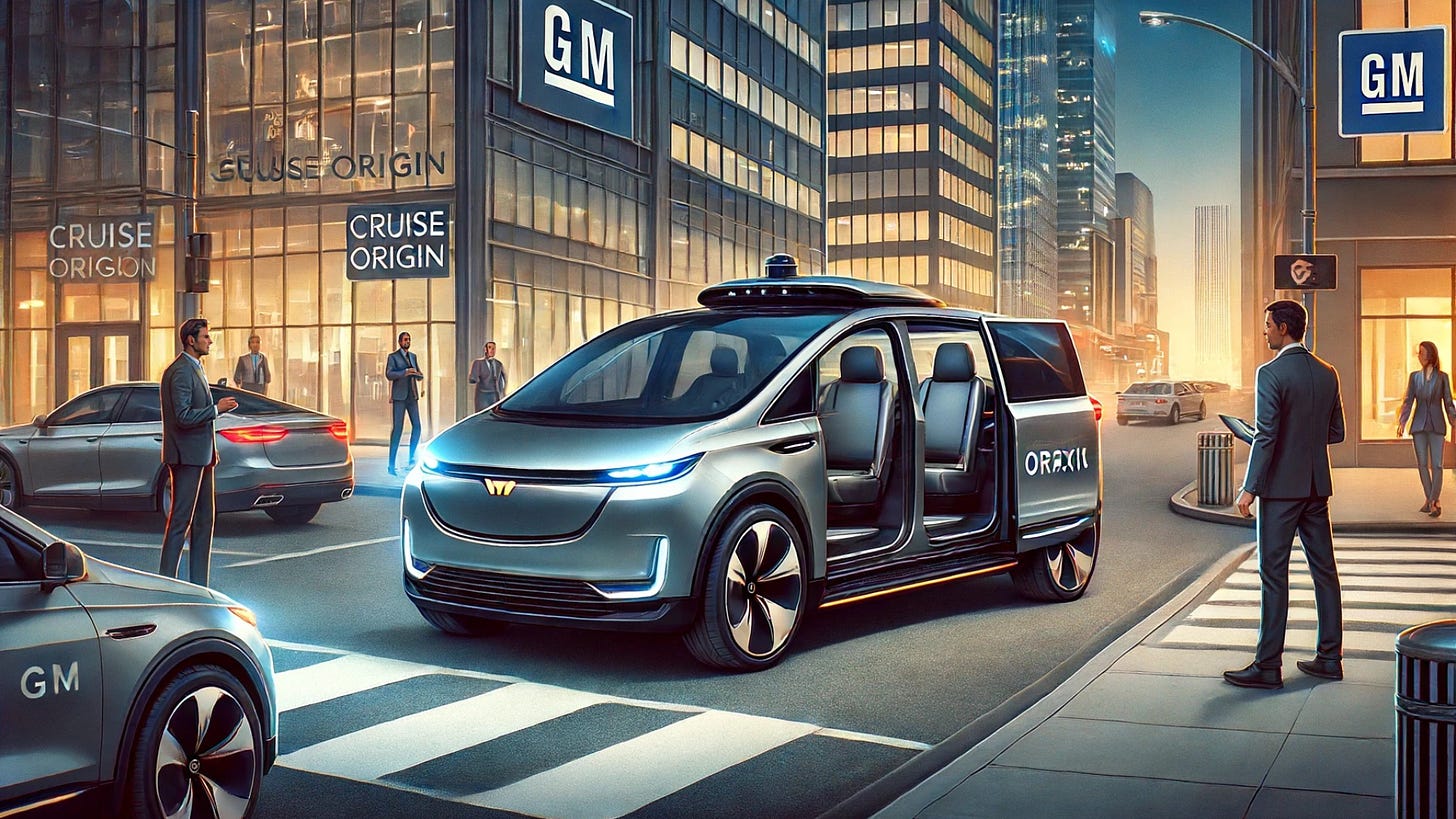Cruise Control: Investors Could be Missing the Boat on GM’s Autonomous Driving Division
At a recent investor conference, General Motors CFO Paul Jacobson announced a $6 billion share buyback as well as an increase in the GM dividend. Lost in buyback and dividend announcement, Jacobson also revealed an $850 million investment in Cruise, the company’s autonomous robotaxi division.
GM investors, it's time to pay attention to Cruise! While the mainstream narrative focuses on GM's traditional auto business and the EV transition, the real value lies in Cruise's potential to profit from a future robotaxi business.
Just like how AWS became the profit engine for Amazon beyond e-commerce, Cruise could emerge as GM's crown jewel - a high-margin revenue stream decoupled from legacy automotive manufacturing. And yet, Wall Street seems to underestimate or outright ignore this transformative opportunity.
Let's look at the pieces GM has assembled with Cruise:
Custom Silicon Advantage
In a bold move mirroring Tesla's strategy, Cruise has developed its own custom chips and computing hardware to power its self-driving vehicles. By ditching expensive suppliers like Nvidia, Cruise can substantially reduce costs while optimizing performance. The company has already designed four chips - Horta for central computing, Dune for sensor data processing, a radar chip, and another that is still under wraps.
Vehicle Ready for Robotaxi Service
GM hasn't just been theorizing - it has built a dedicated autonomous vehicle called the Cruise Origin, designed from the ground up for driverless ride-hailing services. This purpose-built robotaxi gives GM a headstart over competitors retrofitting existing car models.
Real-World Testing and Learnings
Before the unfortunate pedestrian incident last year, Cruise had been operating autonomous taxi services in multiple cities like San Francisco. While a setback, this real-world experience provides invaluable data to improve the self-driving software's safety and capabilities rapidly.
The Cruise Origin and custom chips position GM to potentially lead the robotaxi market when fully autonomous driving is achieved. With ride-sharing economics far superior to individual car ownership, Cruise could mint revenue - a category estimated to reach $2 trillion by 2030.
Yet today, GM's nearly $60 billion market cap seems to ignore this future upside. Investors betting on Tesla's $620 billion valuation are essentially pricing in Elon Musk's autonomous driving promises. Why can't the same optimism apply to GM and Cruise?
The autonomous age is coming. And GM's Cruise could very well be at the forefront, underestimated today, but massively rerated by markets in the future.
Disclaimer
TaaSMaster, LLC is not a registered investment advisor or broker/dealer. All investment opinions expressed by TaaSMaster, LLC are from personal research and experience of the owner of the site and are intended as educational material. Although best efforts are made to ensure that all information is accurate and up to date, occasionally unintended errors may occur.




